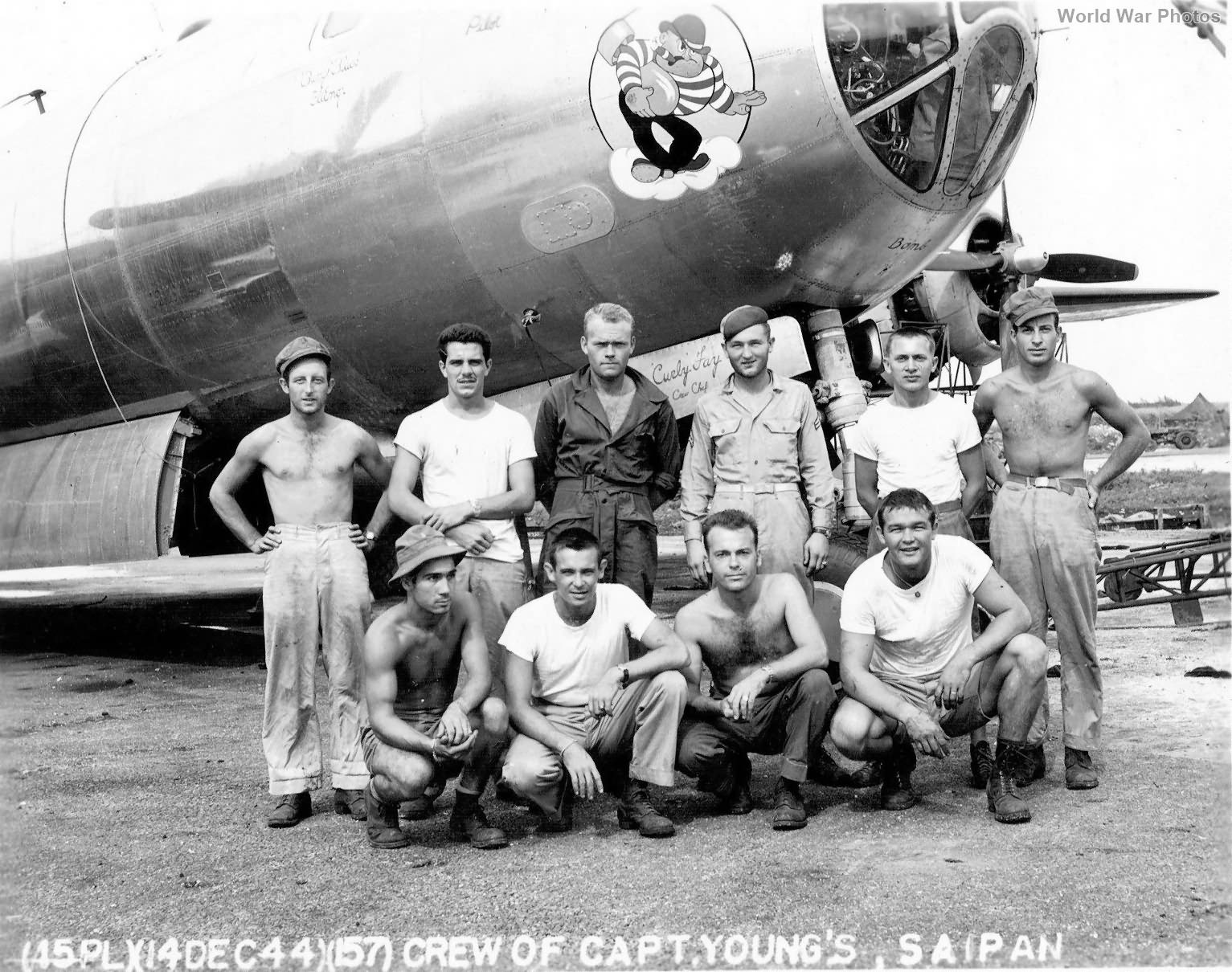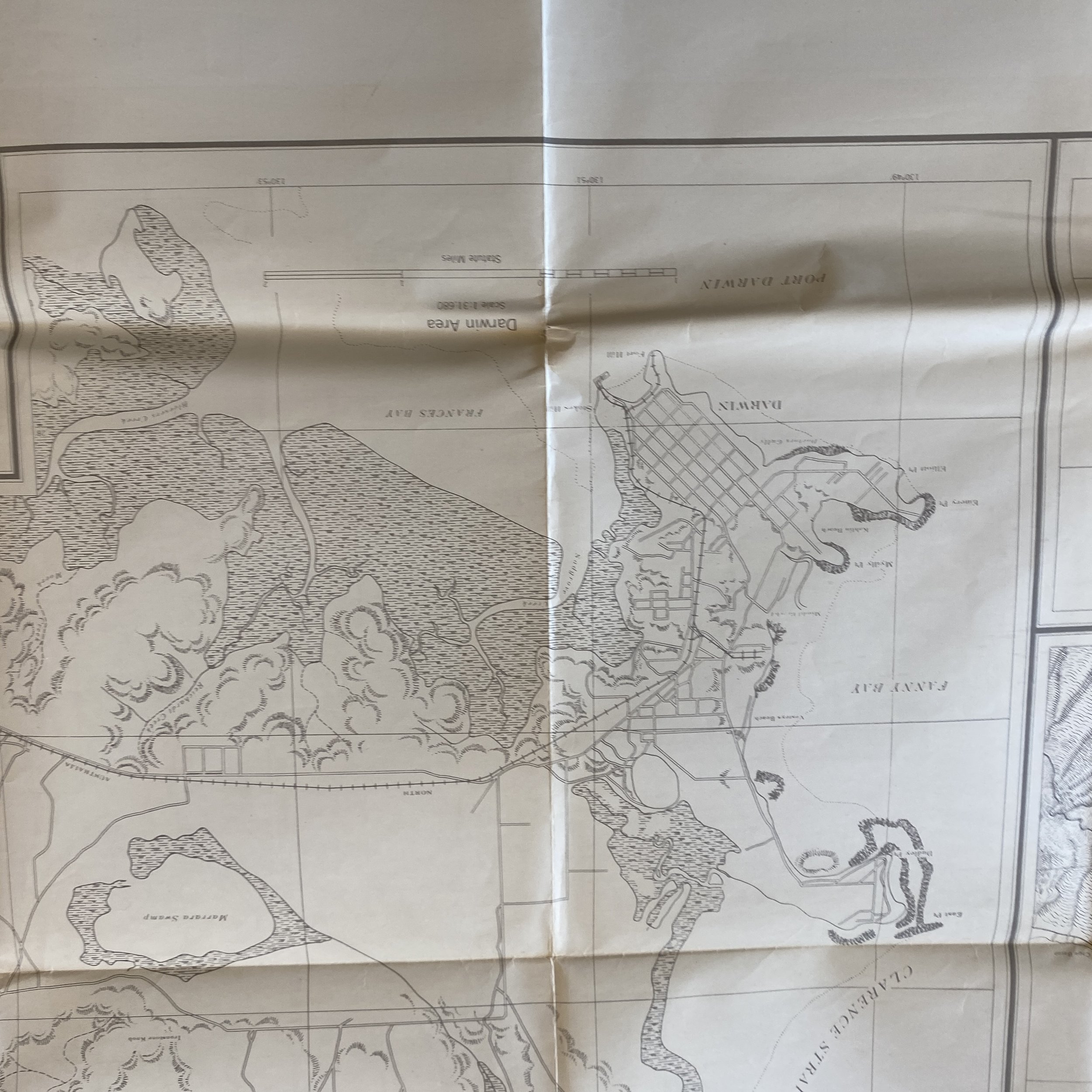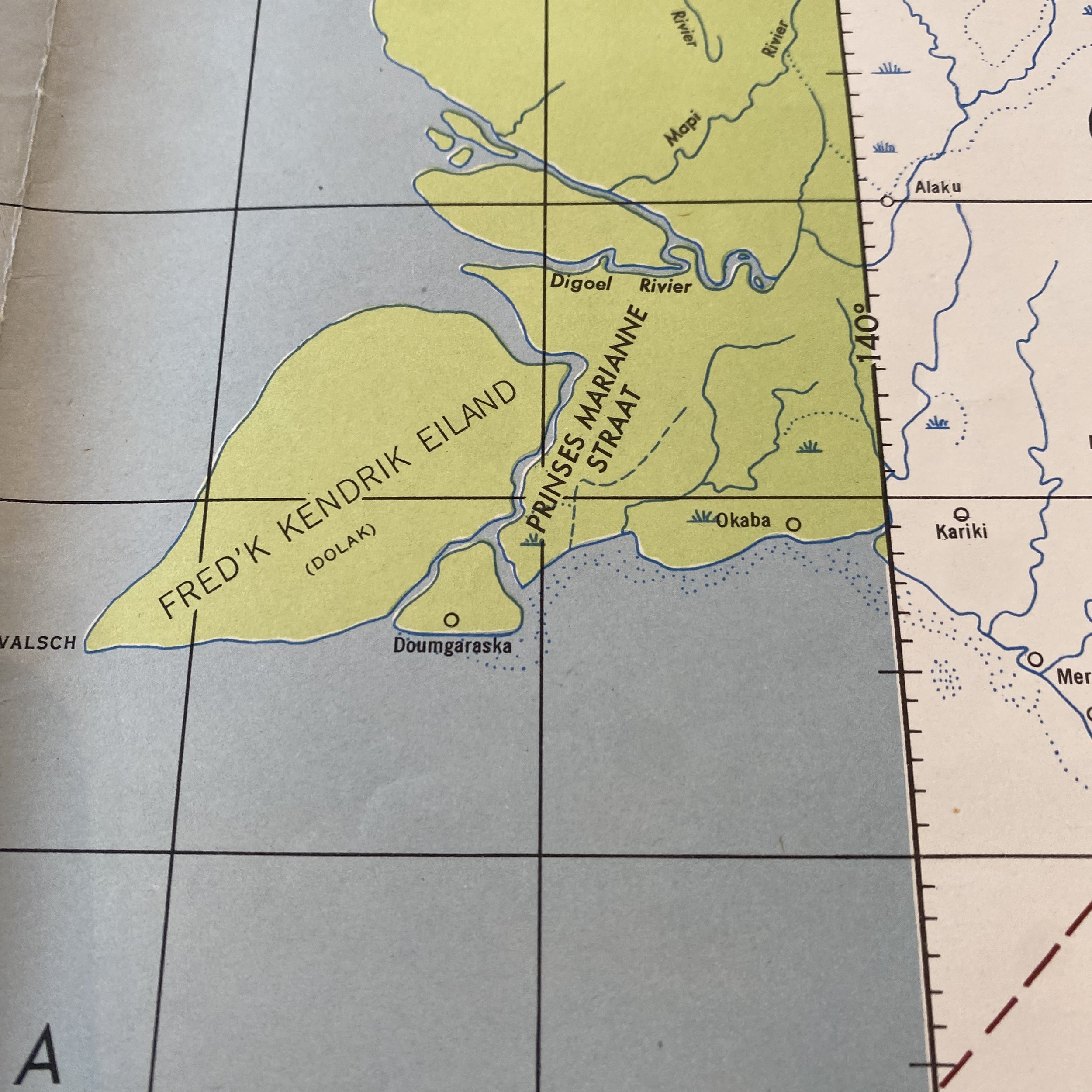RARE! WWII 1944 "RESTRICTED" Pacific Theater U.S. Army Air Forces - Special Air Navigation Chart (B-29, B-24, B-25)*













































RARE! WWII 1944 "RESTRICTED" Pacific Theater U.S. Army Air Forces - Special Air Navigation Chart (B-29, B-24, B-25)*
Comes with C.O.A.
This rare and museum-grade World War II USAAF aerial mission map (double-sided) is titled "U.S. Army Air Forces - Special Air Navigation Chart" and was printed in JANUARY 1944. This Pacific Theater navigation map was used by U.S. heavy bombers operating in the Pacific Theater from 1944 and 1945. This navigational map was used by U.S. pilots and navigators of the B-29, B-24, B-25, and other heavy bomber aircraft.
Marked RESTRICTED, this combat was used by U.S. aircraft operations around BORNEO, JAVA, NEW GUINEA, AND MAINLAND AUSTRALIA.
During the latter stages of World War II, the United States played a crucial role in the Pacific theater, conducting operations around strategic locations such as Borneo, Java, New Guinea, and mainland Australia. The period from 1944 to 1945 witnessed significant military campaigns that contributed to the overall Allied effort to push back Japanese forces and secure key territories in the Pacific.
One of the pivotal operations during this time frame was the Battle of Leyte in the Philippines, which began in October 1944. While Leyte itself is not part of the territories mentioned in the prompt, the battle had a profound impact on the subsequent operations around Borneo, Java, New Guinea, and Australia. The success of the Battle of Leyte allowed the Allies to establish a strategic foothold in the Philippines and severed the Japanese supply lines, paving the way for further offensives in the region.
Moving to Borneo, the U.S. launched Operation Oboe in mid-1945, a series of amphibious assaults on the island. Borneo held strategic importance due to its natural resources, particularly oil fields, which the Allies sought to secure to cripple the Japanese war machine. The operation involved a combination of U.S. and Australian forces, and the battles on Borneo marked some of the last and bloodiest engagements of the Pacific War.
Java, another key island in the Indonesian archipelago, was subject to significant Allied attention in the later stages of the war. Following the Battle of Leyte, the Allies sought to continue their momentum by liberating Java from Japanese occupation. Operation Java Sea, conducted by U.S., Australian, and Dutch forces, aimed to recapture this vital island. The successful liberation of Java had a domino effect, weakening Japanese control over the region and isolating their forces in the Pacific.
New Guinea, which had been a focal point of fighting since the early years of the war, continued to be a battleground. By 1944, the Allies had made significant advances in the New Guinea campaign, pushing the Japanese back. The U.S. Sixth Army, under General Douglas MacArthur, conducted a series of amphibious landings in western New Guinea, paving the way for subsequent operations to reclaim the Philippines and advance toward the Japanese home islands.
While the mainland of Australia was not a direct battlefield, it played a crucial role as a logistical and strategic base for the Allies in the Pacific. The Australian mainland served as a major staging area for U.S. forces, providing a secure and well-equipped base for planning and launching operations in the surrounding regions. The support from Australia was instrumental in the success of Allied offensives in the Pacific.
In conclusion, the U.S. operations around Borneo, Java, New Guinea, and mainland Australia from 1944 to 1945 were integral to the Allied strategy in the Pacific theater during World War II. These campaigns aimed at securing key territories, disrupting Japanese supply lines, and advancing towards the Japanese home islands. The successful liberation of these areas marked significant turning points in the Pacific War, ultimately contributing to the Allied victory over Japan.